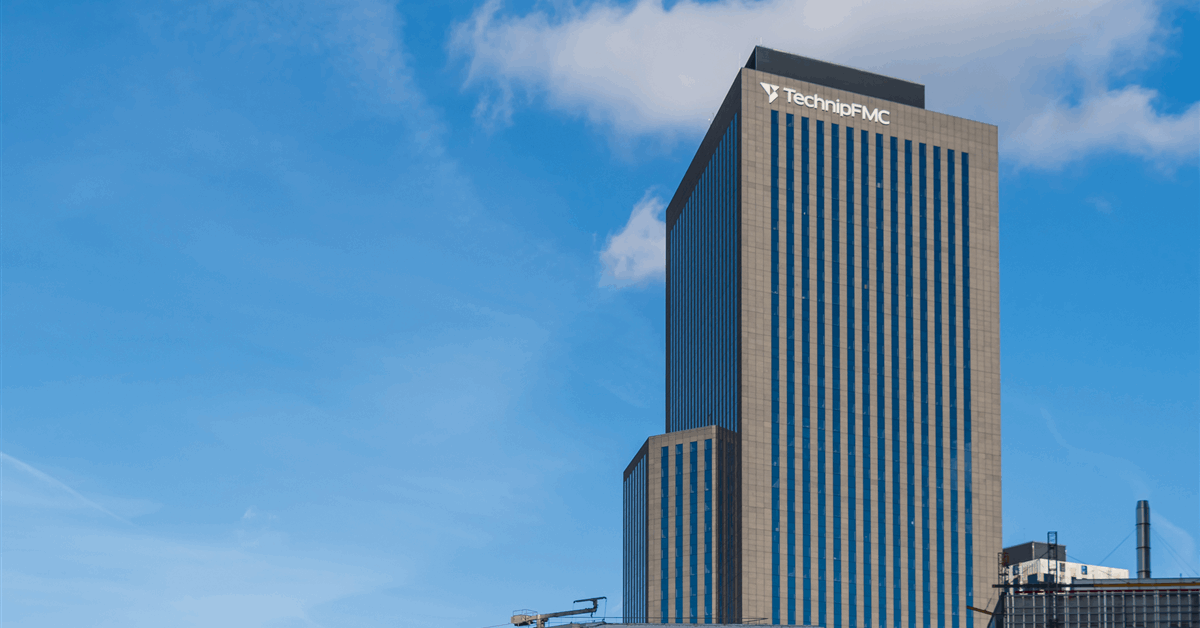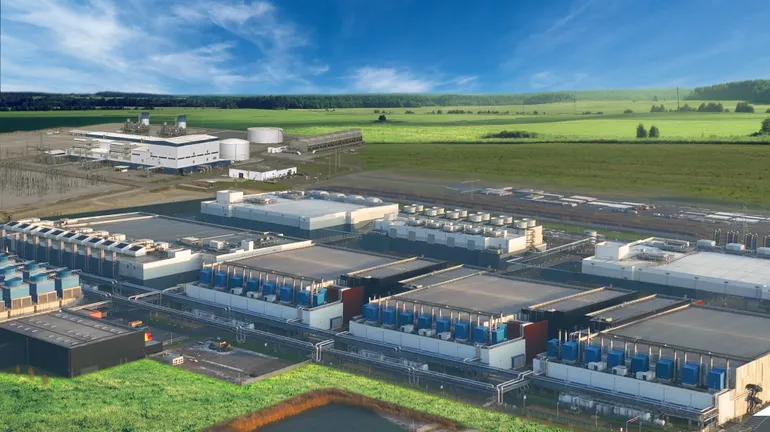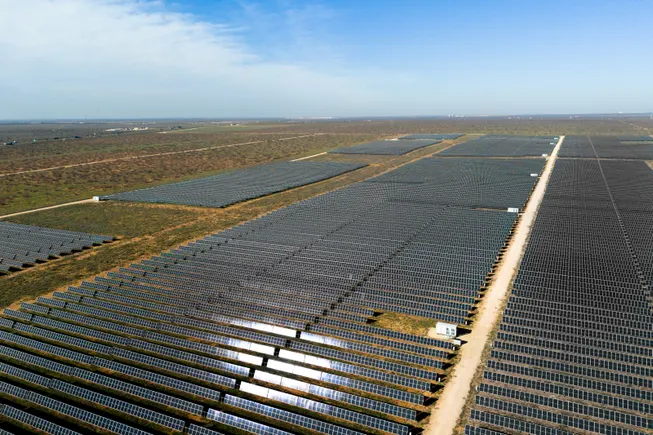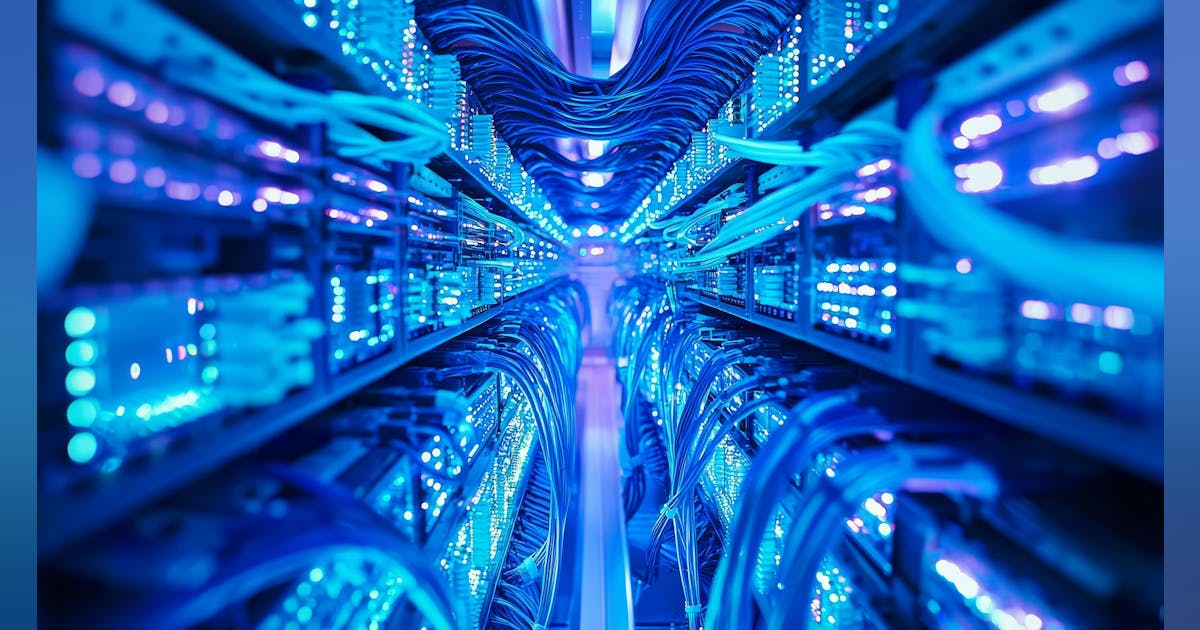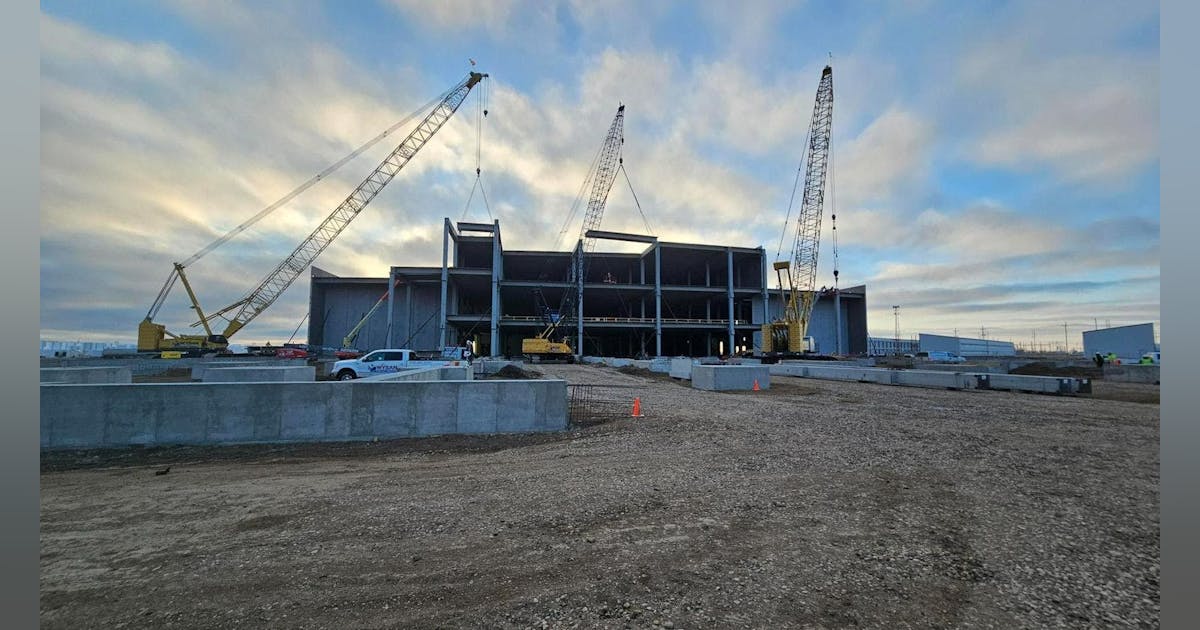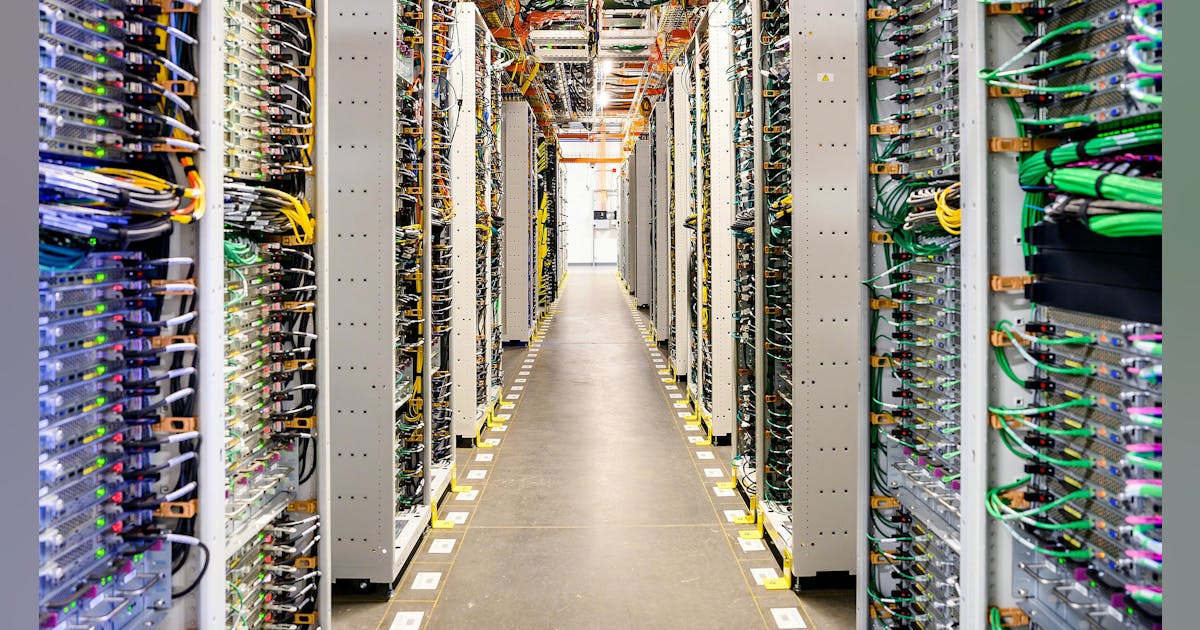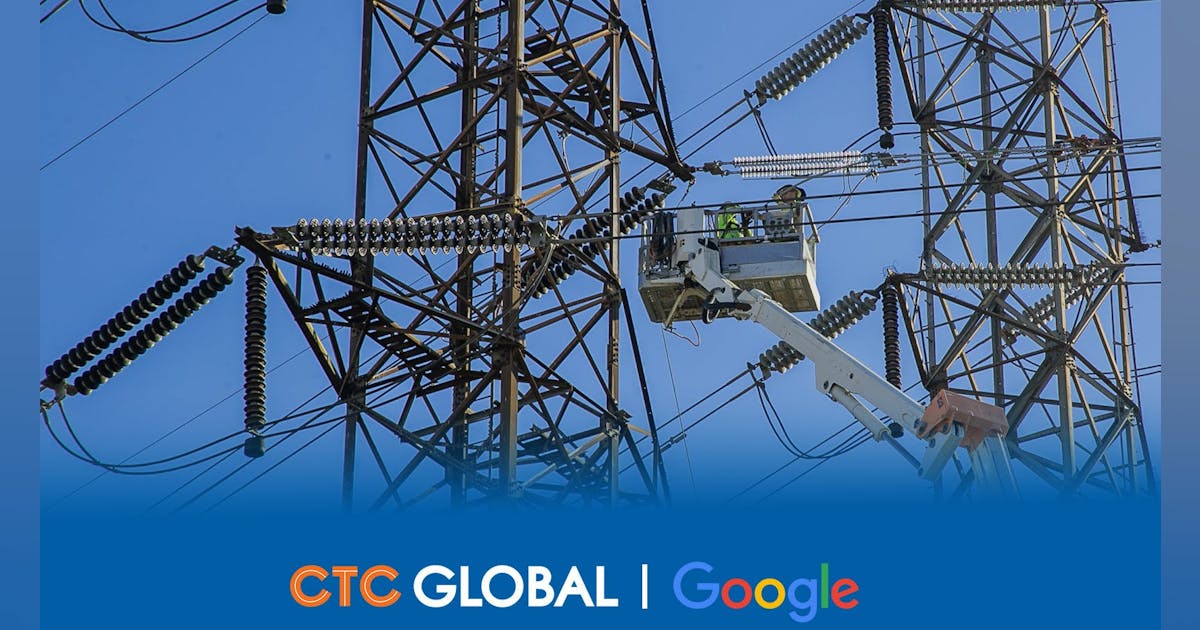Join our daily and weekly newsletters for the latest updates and exclusive content on industry-leading AI coverage. Learn More
Cohere released North today, a secure AI workspace platform that directly challenges Microsoft Copilot and Google Vertex AI in the enterprise market. The company claims its new platform outperforms both tech giants’ offerings across finance, HR, customer support, and IT functions.
North combines large language models, search capabilities, and automation tools in a secure package that lets companies deploy AI while maintaining control over sensitive data. The platform operates in private cloud environments or on-premises installations, targeting regulated industries like finance and healthcare.
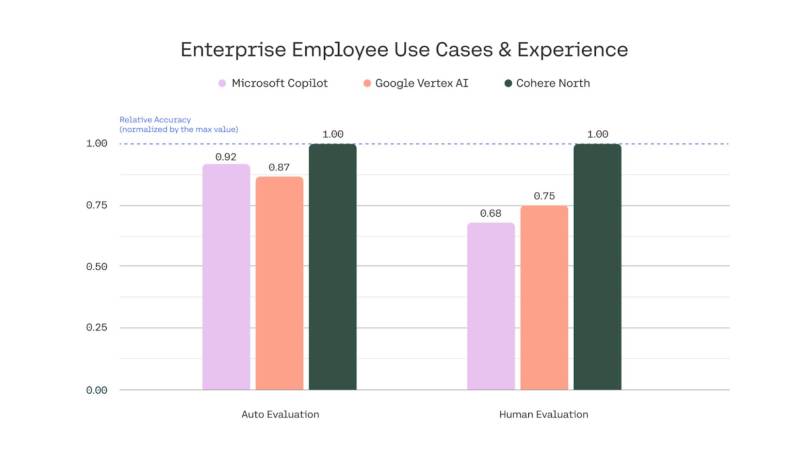
AI security becomes major battleground for enterprise adoption
“The market for artificial intelligence is maturing, and enterprises have begun to understand the opportunity,” Cohere CEO Aidan Gomez said in an internal company letter shared on LinkedIn last month. “While consumers have fallen in love with the technology and use it as part of their daily lives, enterprises are struggling to keep up.”
Royal Bank of Canada has already partnered with Cohere to develop North for Banking, a specialized version designed for financial institutions. This marks one of the first major enterprise deployments of the platform.
Search technology promises to slash workflow times
North’s built-in search system, Compass, processes multiple data types including images, presentations, spreadsheets, and documents across languages. Internal testing shows the system reduces task completion times by more than 80% compared to manual searches.
“It’s becoming clear that for enterprises, it is not sufficient to simply prompt or finetune an off-the-shelf consumer AI chatbot for a work environment,” Gomez said. “They want something customized for their needs. They want a true partner to help achieve their goals.”
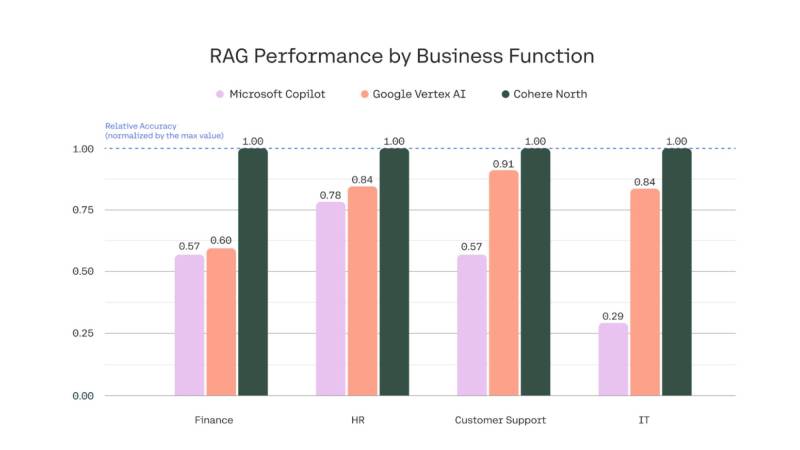
Enterprise AI race shifts from raw power to practical implementation
Gomez challenged the industry’s focus on computational scale, noting that “data quality and novel methods like synthetic data have driven far more of the progress these past 18 months than scale.” He claimed this approach has made Cohere “an order of magnitude more capital efficient than our competition.”
The platform lets employees build and customize AI tools for their specific needs without requiring technical expertise. Early testers include companies in finance, healthcare, manufacturing, and infrastructure — sectors where data security has traditionally limited AI adoption.
North is currently available through an early access program, targeting finance, healthcare, manufacturing, and critical infrastructure sectors. The launch could reshape how businesses implement AI technologies, as companies increasingly prioritize security and customization over raw computational power.
“Going forward, every company will be an AI company,” Gomez said, emphasizing the need for secure, rapidly deployable solutions.
Daily insights on business use cases with VB Daily
If you want to impress your boss, VB Daily has you covered. We give you the inside scoop on what companies are doing with generative AI, from regulatory shifts to practical deployments, so you can share insights for maximum ROI.
Read our Privacy Policy
Thanks for subscribing. Check out more VB newsletters here.
An error occured.




